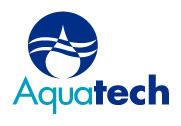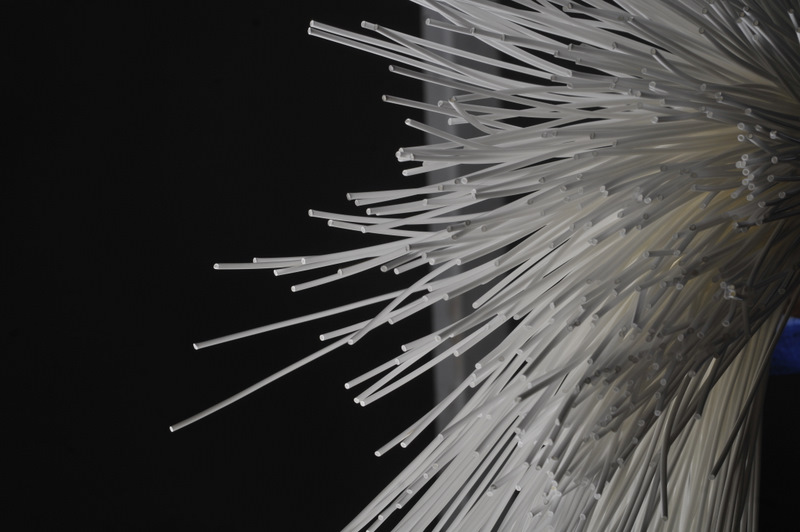QUA Q-SEP® hollow fiber UF membranes offer reliable removal of turbidity, microorganisms, and viruses. Turbidity can be reduced to less than 0.1 NTU. Typically, a 6-log removal for bacteria, giardia and cryptosporidium, while a 4-log removal for viruses, can be achieved.
The fibers in the Q-SEP® module are held firmly in place, which reduces the stress on the fibers even at high flow velocities. Uniform fiber packing limits the pressure drop variation within the module and prevents localized high fouling conditions. The unique end cap sealing design allows for high pressure operation and ease of assembly. The Q-SEP® UF modules can be used as dead-end filtration or in cross flow mode.
The Q-SEP® inside-out modules contain an advanced UF fiber made from a modified polyether sulfone (PES) material. The fiber is prepared by a patented cloud point precipitation method. This method ensures a very uniform pore size distribution and high pore density in the membrane. As a result, the product water quality from the Q-SEP® modules is significantly better than the quality from conventional UF modules at a very low operating pressure. The membranes are available with 0.8 mm ID fibers, suitable for feed water turbidity up to 30 NTU.
The Q-SEP® outside-in hollow fiber ultrafiltration modules contain polyvinylidene fluoride PVDF membranes manufactured by QUA’s innovative modified thermally induced phase separation (TIPS) method. The membrane has high mechanical strength, high chemical and chlorine tolerance, and ability to handle high feed turbidity with wide range of application. The membranes are available with 1.25 mm (0.05 inch) OD fibers to treat feed water with high turbidity up to 300 NTU.



